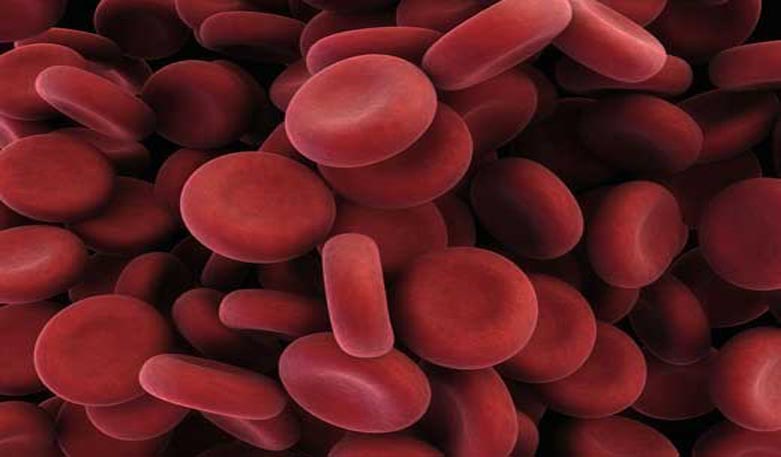When you bleed, your blood doesn’t clot as it does in a healthy person. The wound doesn’t close completely or doesn’t close quickly enough. The reason: your blood lacks a protein that’s needed for clotting and is therefore called a blood clotting factor. The result is uncontrolled external and internal bleeding, which in the worst case scenario can be fatal.
Although hemophilia is still incurable, major medical advances mean that patients can lead near-normal lives.
Hemophilia occurs in two different forms, hemophilia A, where the blood clotting factor VIII is missing, and hemophilia B, where the blood clotting factor IX is missing. Both forms of hemophilia also have different degrees of severity, which differ in the severity of symptoms.
In the general public, hemophilia is also known as “bleeding disease”, but people affected by hemophilia prefer to speak of hemophilia and also want to be called “hemophiliacs”. There are currently around 4,000 people in Germany with hemophilia A and 800 with hemophilia B.
Almost only men suffer from hemophilia. The cause is a defect in the X chromosome. Since women have two X chromosomes, the defect can usually be compensated for by the second normal X chromosome. However, men only have one X chromosome and therefore have no way of compensating for a defect. Two thirds of hemophilic diseases are hereditary, while one third occur through spontaneous mutations. These mutations occur during or after conception in the womb.
Living with Hemophilia
Patients with hemophilia are treated with medications that contain the affected clotting factor in concentrated form. These medications are therefore also called factor concentrates.
Between the 1960s and 1980s, hemophilia patients in Germany were only given factor concentrates made from donor blood plasma. This was the reason why more than 50% of hemophilia patients were infected with the emerging AIDS pathogen in the early 1980s. The HIV virus responsible for AIDS was transmitted primarily through blood and blood products.
Coming out of the crisis with biotechnology
In recent years, intensive medical research has improved safety. First, new purification and virus inactivation processes were introduced in the 1980s for factor VIII concentrates prepared from blood and plasma donations. The discovery and isolation of the human factor VIII gene in 1984 created the basis for a new class of preparations: this factor VIII was no longer obtained from human blood, but was produced through biotechnology.
This means patients no longer need to worry about unknown viruses or new pathogens that can be transmitted through blood and plasma donations.
In addition, treatment to prevent bleeding and the ability to inject the factor concentrate independently at home allows hemophiliacs to lead a relatively normal life.





